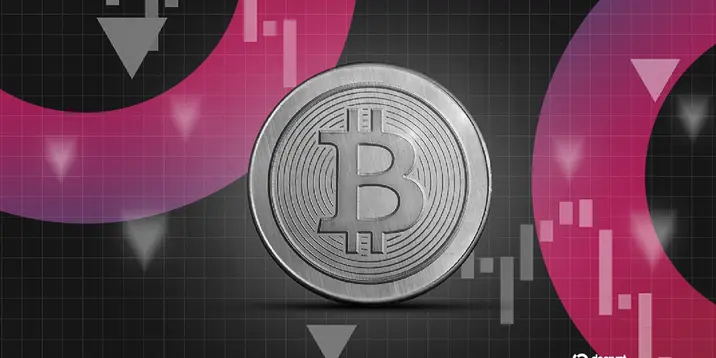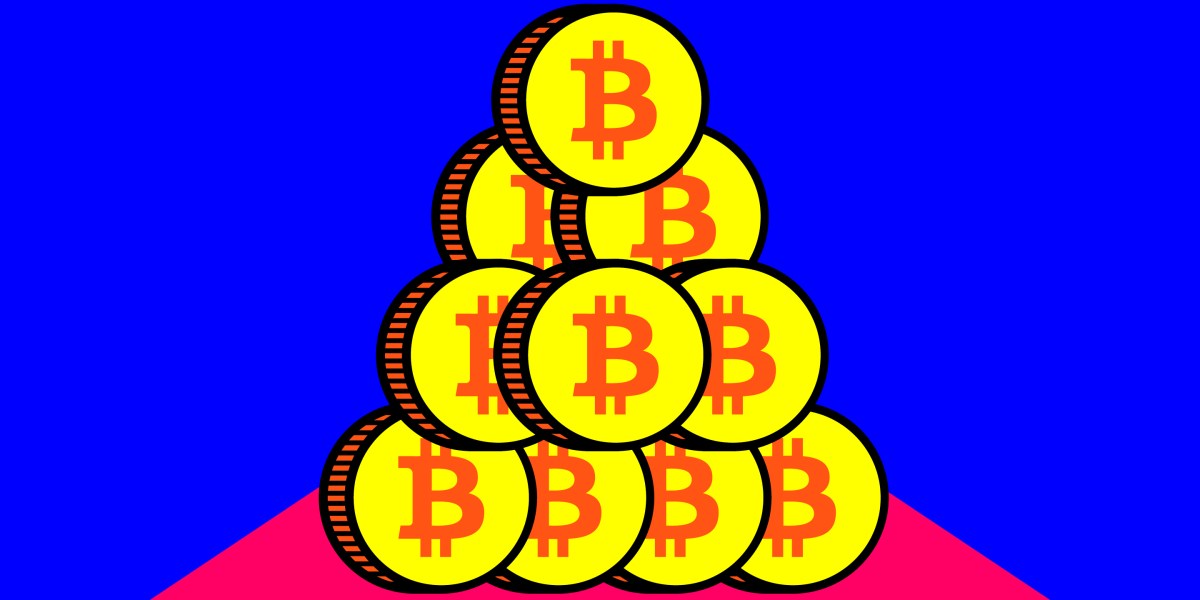T4K3.news
Tariff Surplus to Bitcoin Reserve
A plan to fund BTC reserves using tariff surplus draws mixed reactions from officials and experts.

A proposal to channel unallocated tariff surplus into a US Bitcoin reserve is analyzed for fiscal, political and market implications.
Tariff Surplus Should be Funneled into Bitcoin Strategic Reserve
The piece explains a proposal by Adam Livingston, author of The Bitcoin Age and The Great Harvest, to move portions of the tariff surplus collected by US Customs and Border Protection into a secure Bitcoin reserve. The government has about 136 billion dollars in customs duties collected so far in the 2025 fiscal year, with an estimated 70 billion dollars in surplus that remains unallocated. The plan would place BTC in cold storage and bar trading, staking, lending or any use that could generate yield. The goal is to use budget-neutral means to acquire more BTC under a framework linked to an executive order attributed to President Trump.
Treasury officials have signaled a cautious stance. Secretary Scott Bessent said the government would not be buying new BTC for the reserve, and later clarified that budget-neutral pathways are still being explored to add more digital currency. Proposed budget-neutral options include revaluing the Treasury gold holdings, reallocating other reserve assets, or selling oil from the strategic petroleum reserve to finance BTC purchases. The discussion sits alongside other ideas to use existing assets without expanding the deficit, though critics warn of political and market risks.
Key Takeaways
"As of July, we've collected $135.7 billion in customs duties, double last year's pace."
Livingston on tariff collection momentum
"That surplus is unallocated. It's not pre-spent. It's not tied to Medicare, entitlements, or debt service."
Livingston on the nature of the surplus
"We're not going to be buying that, but we are going to use confiscated assets and continue to build that up."
Scott Bessent on BTC purchases for the reserve
"Exploring budget-neutral pathways to accruing more of the digital currency."
Treasury stance on future BTC strategy
The proposal tests a core question: should a government rely on a volatile private asset as part of a strategic reserve? Linking tariff revenue to crypto opens a line between fiscal policy and digital finance that lawmakers seldom cross. If pursued, it would require clear guardrails, strict oversight and transparent reporting to avoid politicizing reserve assets or inviting market manipulation. The idea also hinges on the assumption that BTC will hold or gain value; without that, the plan could erode public trust in prudent budgeting.
Beyond risk management, the move signals how crypto policy is entering mainstream finance debates. Proponents argue budget-neutral routes could modernize reserves, while opponents fear volatility, regulatory uncertainty and a shift in who bears fiscal risk. The debate is a test case for how far the government should lean on crypto as a strategic tool and how to balance innovation with accountability.
Highlights
- Tariff dollars should fuel a bold new reserve
- Let tariffs fund the future not political theater
- Budget surplus deserves a clear accountable plan for crypto
- Public money tied to volatile assets demands guardrails
Budget and political risk in using tariff surplus for BTC reserve
Tying tariff revenue to a volatile crypto asset could invite political backlash, scrutiny over fiscal discipline, and questions about governance and transparency. The plan relies on future market performance and complex budget-neutral mechanisms, which could be challenged in Congress and by watchdogs.
The fight over public money and private coins will keep testing how far fiscal policy can stretch toward innovation.
Enjoyed this? Let your friends know!
Related News

Keir Starmer to discuss steel tariffs with Donald Trump

Bitcoin Falls as Inflation Fears Grow and Markets Drop

Bitcoin price path hinges on Fed policy decisions

Markets Edge Higher Ahead of Inflation Data

Dow Jones Edges Lower as Markets Hover Near Record Highs Ahead of Powell Speech

Bitcoin Approaches $115K Amid Tariff Concerns

Bitcoin price drops sharply in February

Crypto market suffers serious decline
